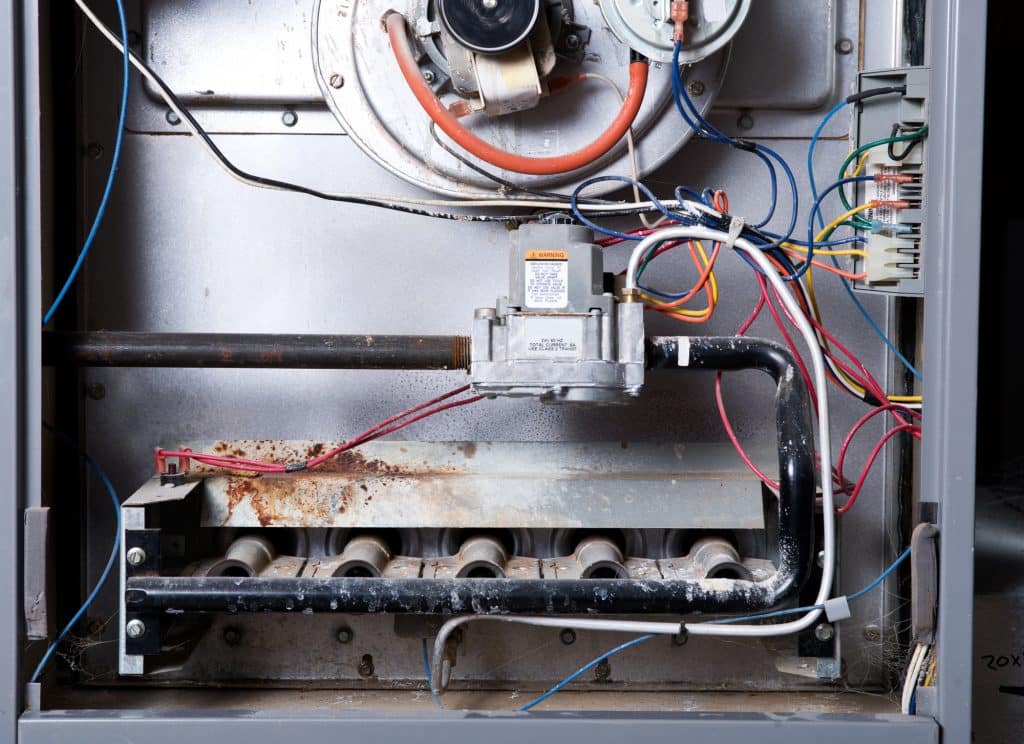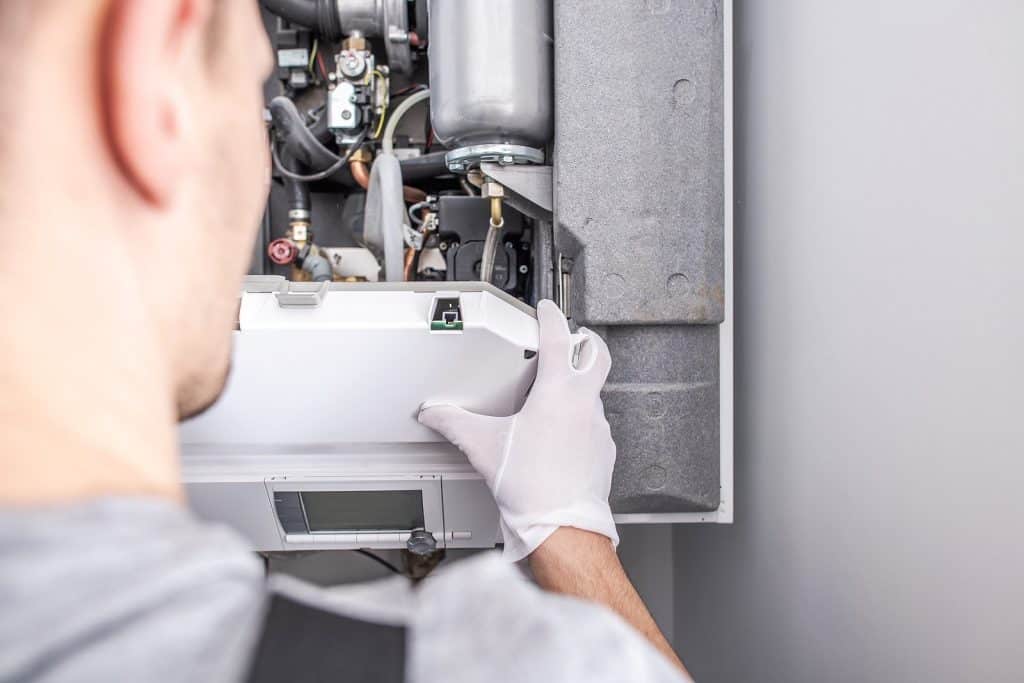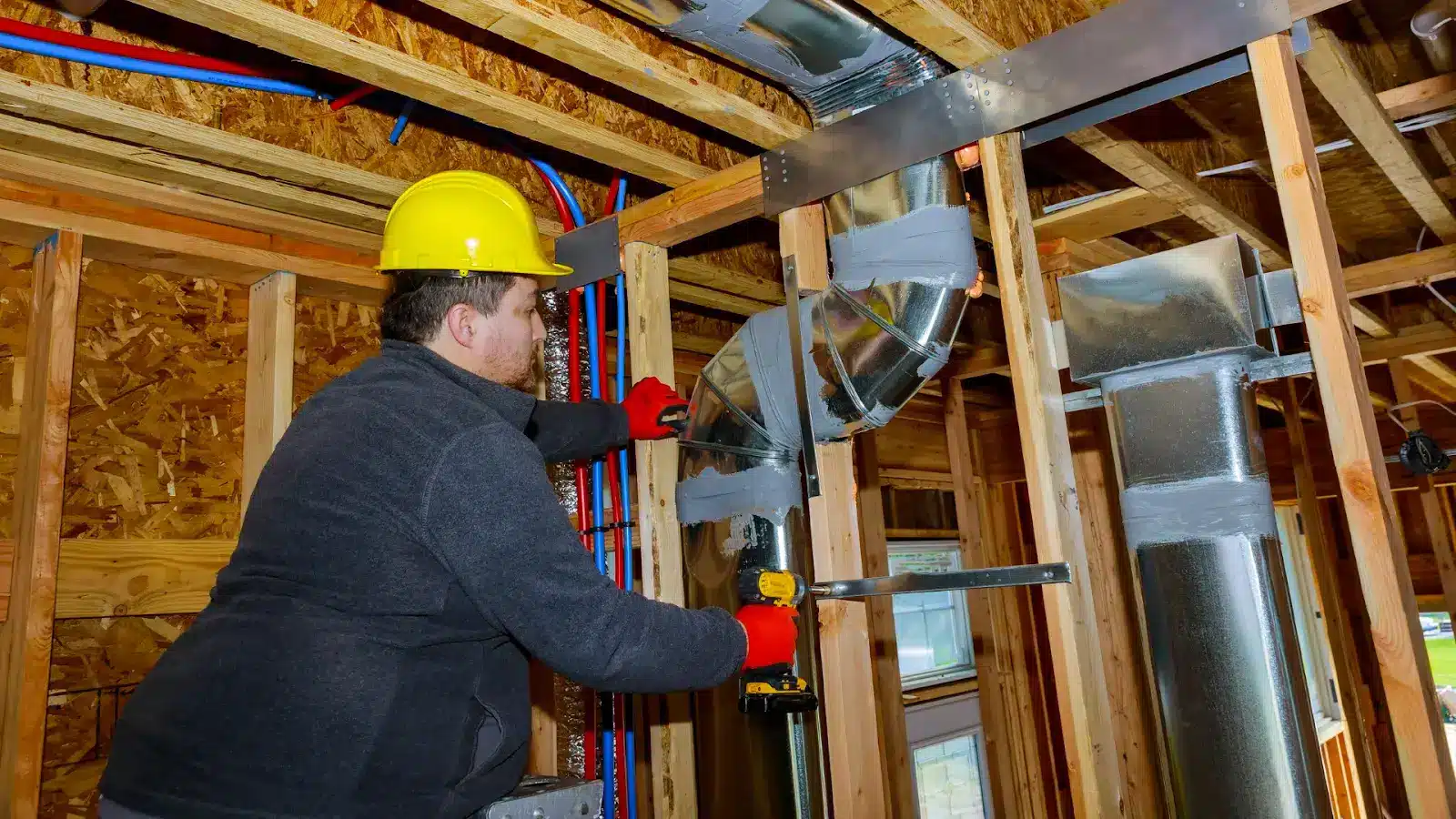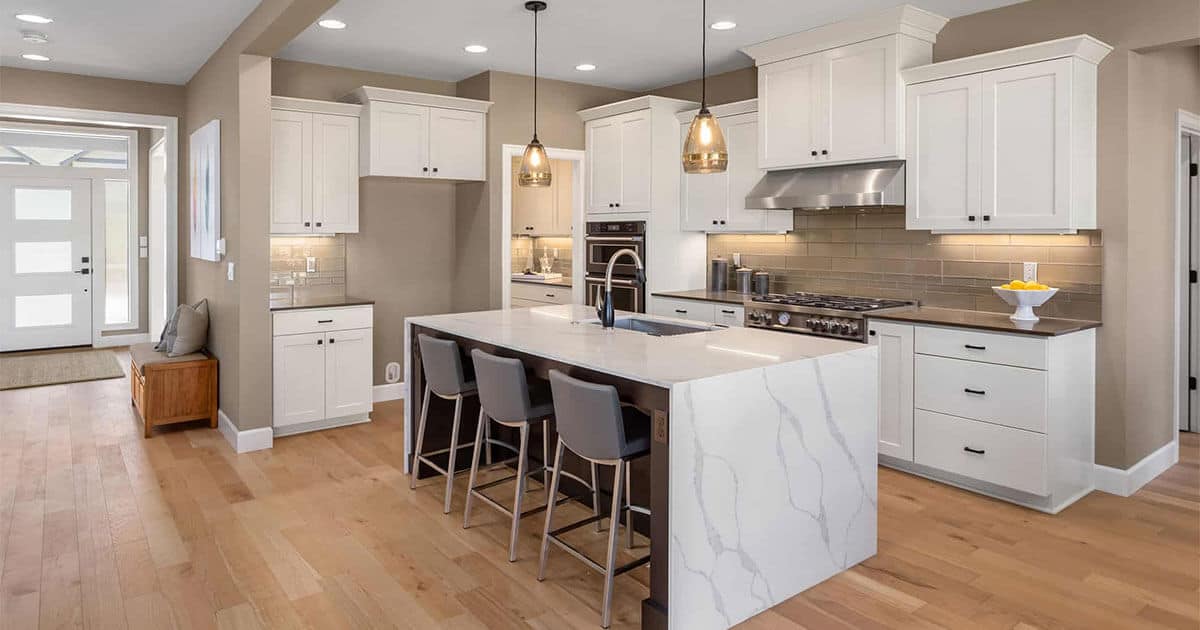Why does Floor Vibrate when Your Furnace Turns On?
This article explores the intriguing phenomenon of floor vibrations when the furnace kicks in, delving into the mechanics of home heating systems, the causes of these vibrations, and how to address them.
Whether it’s a sign of a minor issue or a red flag for something more serious, we’ll guide you through understanding and troubleshooting this curious occurrence, ensuring your home remains a sanctuary of warmth and peace.
Understanding Your Home Heating System
Heating systems are the heartbeat of a cozy home during the cold months, with furnaces playing a pivotal role. The process begins when your thermostat detects a drop in temperature and signals your furnace to start.
A series of operations then unfolds within the furnace, generating heat through combustion or electric resistance, which is then distributed throughout your home.
This basic understanding is essential, as it lays the foundation for recognizing the normal sounds and operations of your furnace and identifying when something, like floor vibrations, deviates from the norm.
Common Causes of Floor Vibrations When the Furnace Turns On

The vibrations you feel are not just your home responding to the warmth; they can be symptoms of underlying issues.
One common cause is the initial start-up of the furnace, where the sudden rush of air through ducts can shake loose fittings or ductwork, especially if the system has been dormant.
Another culprit could be imbalanced blower wheels or a deterioration of internal components, which can create an uneven distribution of force, leading to vibrations.
Furnace Operation and Maintenance
Regular maintenance is your first line of defence against not only vibrations but also a plethora of furnace-related issues.
Annual check-ups by a professional can ensure that your furnace’s blower motor is balanced, the ductwork is secure, and all components are in optimal condition. This not only reduces the risk of vibrations but also enhances the efficiency and lifespan of your heating system.
Troubleshooting Furnace-Related Vibrations

Identifying the source of vibrations can sometimes be straightforward; other times, it requires a bit more detective work.
Start by checking the simplest solutions, such as loose panels or screws on the furnace itself, before moving on to inspect the ductwork for any signs of looseness or wear.
If these steps don’t resolve the issue, it may be time to consult a professional to check for more complex problems like an unbalanced blower wheel or issues with the furnace’s installation.
Professional Solutions and Preventative Measures
While DIY solutions can address minor issues, certain problems demand professional expertise. Experts can offer solutions ranging from balancing the blower wheel to reinforcing the structure supporting your furnace and ductwork.
Preventative measures, such as regular maintenance checks, can also play a significant role in avoiding future vibrations.
Reducing Furnace Noise and Vibrations
There are several DIY measures homeowners can take to minimize furnace noise and vibrations. These include installing rubber pads under the furnace to absorb vibrations, ensuring all screws and panels are tightened, and checking the alignment of the blower motor.
Additionally, insulating ductwork can not only reduce noise but also improve the efficiency of your heating system.
Conclusion
If you’ve noticed the floor vibrating when your furnace turns on, it’s not something to simply live with. This phenomenon, while not uncommon, signals that it’s time to pay closer attention to your home’s heating system.
Whether it’s performing a few checks yourself or calling in the experts for a thorough inspection, taking action can lead to not only a quieter, more stable floor but also a more efficient and reliable furnace.
Remember, the comfort and safety of your home during the colder months hinge on the health of your heating system. Don’t let minor issues evolve into major ones—address those vibrations today and ensure your home remains the warm, welcoming sanctuary it should be.







